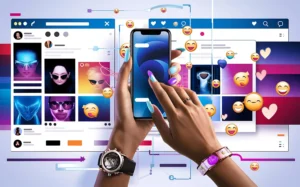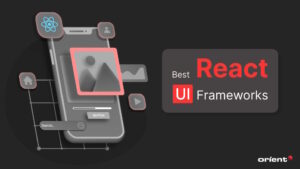In the ever-evolving world of front-end development, React has emerged as a leading framework for building interactive and dynamic web applications. However, creating visually appealing and user-friendly interfaces from scratch can be time demanding. That’s where UI frameworks come in handy. These frameworks offer pre-built components, styling solutions, and customizable elements to streamline your development process.
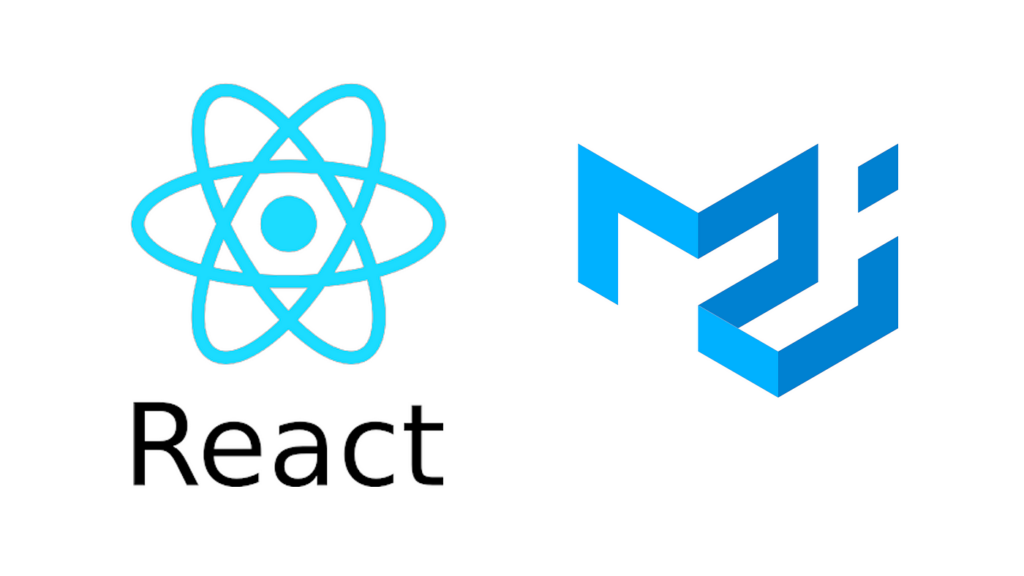
Overview
Key Features
- Rich Component Library: MUI offers everything from buttons, sliders, and dialog boxes to advanced components like data grids and tree views.
- Customizability: Although based on Material Design, MUI components can be easily customized to fit your unique branding and design needs.
- Theming System: With MUI’s theming system, you can create global design consistency, defining colours, typography, and spacing.
- Accessibility: MUI ensures that all components meet WCAG 2.1 guidelines, providing an accessible experience to all users.
- Projects that must adhere to Material Design principles.
- Developers who want a balance between pre-built components and customization
Best For
Why It Will Transform Your Project
MUI simplifies the development of consistent, beautiful, and functional user interfaces. Its comprehensive documentation and vast community support make it easy to integrate into both small and large projects
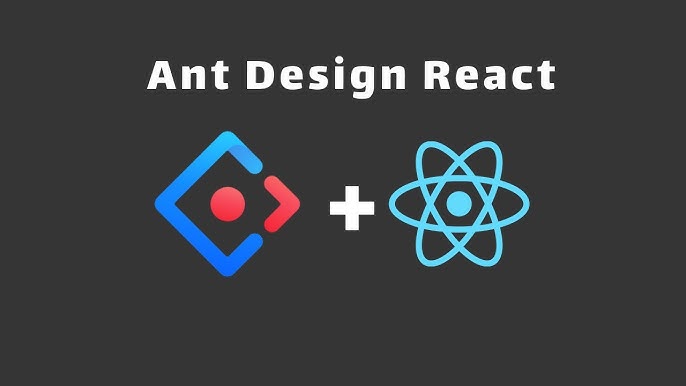
Overview
Ant Design is another prominent React UI framework that was originally developed by Alibaba for enterprise apps. It offers a polished, professional look and is packed with powerful components ideal for building data-heavy and complex applications.
Key Features
Enterprise-Ready Components: Ant Design provides a wide array of components that are particularly suitable for complex, data-driven interfaces (tables, forms, charts, etc.).
Internationalization (i18n): Built-in support for multiple languages, making it ideal for applications with global users.
Design Guidelines: Ant Design comes with a well-documented design system that guides developers in building consistent UIs.
Dark Mode: Full support for dark themes, allowing users to switch between light and dark UI versions easily.
- Enterprise applications or projects with complex data visualization needs.
- Developers who need highly customizable yet feature-packed components.
Best For
Why It Will Transform Your Project
Ant Design’s strong design and powerful components make it suited for enterprise applications. It speeds up development while maintaining the flexibility to handle complex requirements.
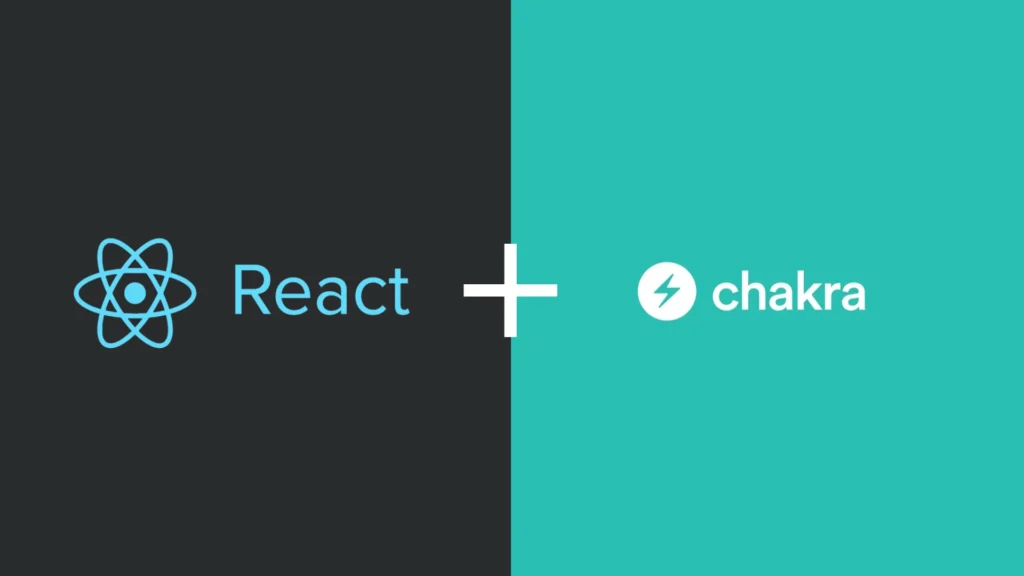
Overview
Chakra UI is gaining popularity due to its simplicity and flexibility. It focuses on offering accessible and composable components that integrate seamlessly into any React project. Chakra UI aims to provide developer-friendly APIs that make it easy to build responsive and accessible interfaces without having to worry too much about the details.
Key Features
Simplicity and Modularity: Chakra UI promotes a component-first architecture, allowing developers to compose their UIs efficiently.
Accessibility: Chakra UI components are built with accessibility in mind, following WAI-ARIA standards by default.
Responsiveness: Built-in tools for responsive design ensure that your app looks great across all screen sizes.
Dark Mode: Chakra UI comes with a native dark mode toggle, which is easy to implement.
- Developers searching for a simple but powerful framework that stresses usability and accessibility.
- Projects where flexibility and performance are essential.
Best For
Why It Will Transform Your Project
Chakra UI allows you to create responsive and accessible UIs with minimal effort. Its design philosophy of simplicity and composability can help you create well-structured applications faster.
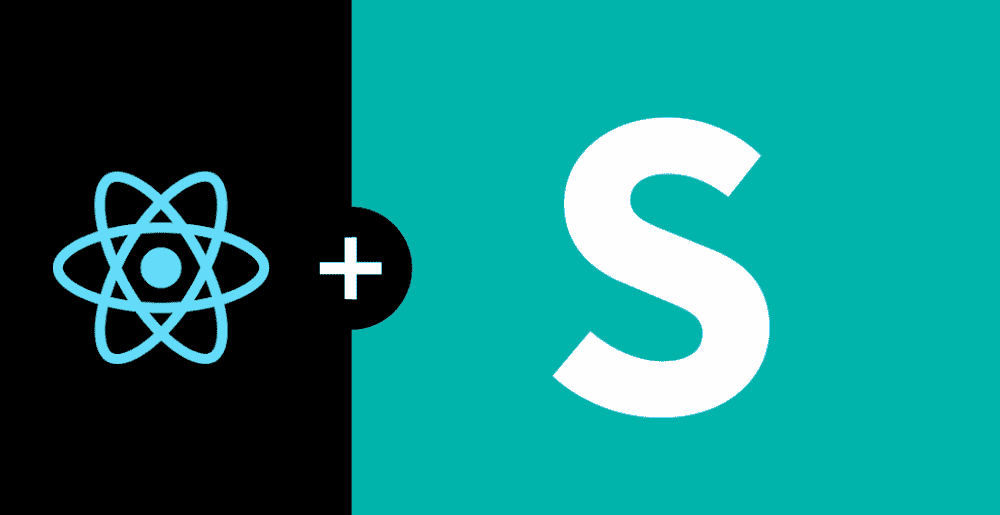
Overview
Semantic UI React is the React integration of Semantic UI, a CSS framework focused on creating beautiful and responsive layouts. Semantic UI’s philosophy is that code should be readable and intuitive, making it ideal for developers who want clean code while still having access to many components.
Key Features
Human-Readable Code: Semantic UI uses natural language class names, making the code more readable and understandable even for less-experienced developers.
Comprehensive Components: From buttons and forms to more complex layouts, Semantic UI offers everything you need for responsive design.
Theming: Easily customizable themes let you tweak the look and feel of components to match your brand or project design.
Wide Adoption: With a large community of developers, there are plenty of resources, tutorials, and plugins available to extend its capabilities.
- Developers looking for a framework that values both ease of use and clean, semantic code.
- Projects where responsive and visually appealing layouts are critical.
Best For
Why It Will Transform Your Project
Semantic UI React provides beautiful out-of-the-box components that are easy to customize. Its focus on human-readable code makes it a great choice for developers who prioritize code clarity and maintainability.
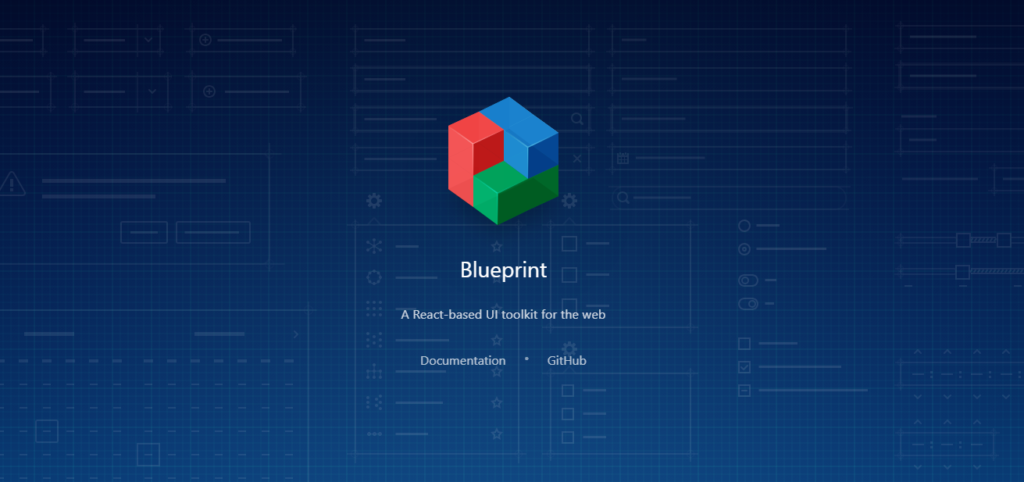
Overview
Blueprint is a lesser-known but powerful UI toolkit, specifically designed for building complex, data-dense web interfaces. It is primarily used in enterprise applications that require a lot of form inputs, tables, and data visualization elements.
Key Features
Focus on Data-Intensive Applications: Blueprint provides high-quality components for forms, tables, and data visualization, perfect for business apps.
Component-Rich: With over 30+ components, Blueprint is well-suited for building complex interfaces with minimal effort.
Documentation and Accessibility: Although a niche tool, Blueprint offers detailed documentation and adheres to accessibility standards.
Theming Options: Customizable themes allow you to adapt the UI to match your brand.
- Enterprise-level applications with complex data requirements.
- Developers building dashboards, analytics, or reporting tools.
Best For
Why It Will Transform Your Project
Blueprint shines in scenarios where handling large datasets and complex UI interactions is critical. Its focus on performance and scalability makes it a strong contender for data heavy React applications.
When it comes to your React project, selecting the appropriate UI framework depends on your needs. Absolutely! Here’s a quick summary to help:
Material UI (MUI): Best for those who need highly customizable components that follow Google’s Material Design principles.
Ant Design: Ideal for enterprise-level applications with complex data visualization needs.
Chakra UI: Excellent for developers looking for simple, accessible, and flexible components.
Semantic UI React: Perfect for developers who value clean, semantic code and responsive designs.
Blueprint: The go-to choice for complex, data-heavy interfaces in enterprise applications.






